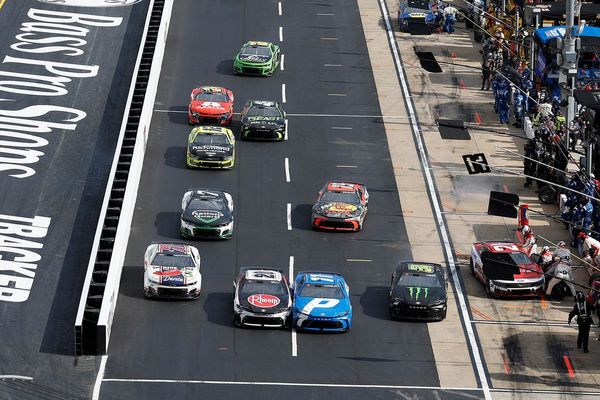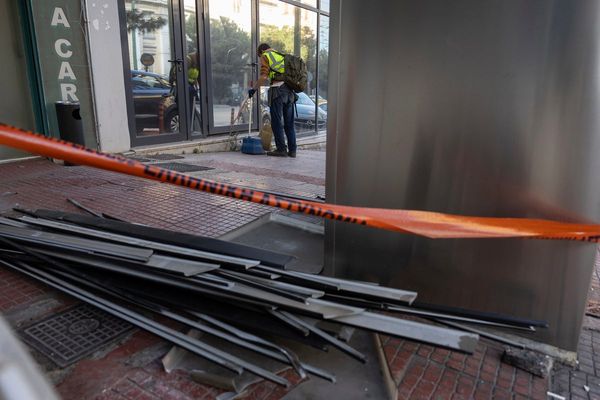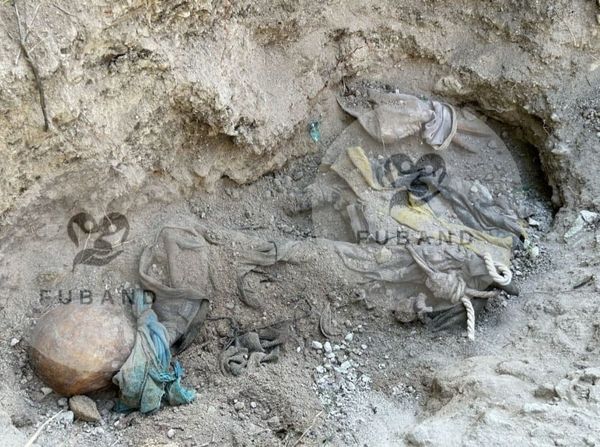
Núñez and the high line
Pep Guardiola sides have always had a vulnerability to balls played in behind their defensive line. It is inherent in the high press that makes his teams so good at regaining possession: you cannot have one without the other (which is one of football’s enduring strengths as a sport: no positive comes entirely without a negative; there is no “best” way to play).
Over the past 15 years, Guardiola’s great struggle has been attempting to mitigate the risk, his more unorthodox attempts to do so underlying the “overthinking” – the 4-4-2 at Anfield in 2018, the back three against Lyon in 2020, the absence of Ilkay Gündogan in the 2021 Champions League final – that has been widely blamed for the series of unexpected disappointments he suffered between his second and third triumphs in the competition.
Since the arrival of Erling Haaland, as City have begun to play more directly to make the most of his capacity to burst beyond the last defender, no longer setting themselves with a series of neutral passes to resist a potential counter if possession is lost, the problem has been exacerbated: Crystal Palace are the only team to have conceded more goals to rapid breaks than City in the Premier League this season.
That represents a particular issue against Liverpool, who are so good at winning the ball back and attacking in transition (they have scored the third-most goals from fast breaks this season, despite averaging more than 60% possession). Large portions of Liverpool games this season seem to have involved Darwin Núñez charging through space towards goal with varying degrees of confidence. There’s absolutely no pattern to what then happens: he might drag his shot wide, he might duff it into the keeper or he might score with the sort of hysterically deft dink he executed against Brentford. This feels like a match in which the Uruguayan could score a brilliant hat-trick, but he might equally be blamed for missing a hatful of presentable chances.
Countering the counter threat
It is hard to believe that Guardiola will not take steps to stop this coming down to a one v one battle between Núñez and Ederson. Given his past record, he could, frankly, come up with almost anything and he has no fear of the counterintuitive but there would seem a couple of obvious steps he could take.
The first is to attempt to assert greater control in midfield by not going as directly to Haaland, by returning to the basic principle he used to employ of winning the ball back and, unless the through ball is utterly obvious, playing 15 passes or so to get the shape right at the back of midfield and only then initiating an attack.
The other major reason City have been losing the ball more frequently this season is Jérémy Doku. Thrilling as he has been, 4.6 of his 9.4 dribbles per 90 minutes are unsuccessful. Proportionally, that isn’t too different from Jack Grealish, who has been successful in 1.6 of his 3.2 dribbles per 90 minutes. But the point is the volume; Doku is yet to undergo the process of reprogramming that Grealish underwent after joining City, making him more risk-averse, more inclined to turn infield and give a simple pass. Not all losses of possession are equal.
It is not insignificant that the only really big game for which Doku has been trusted so far was the Liverpool game at the Etihad, when Grealish was unavailable. Even though he has tended to play against lesser opposition, in league games in which Doku has played, City have conceded 1.29 goals per game as opposed to 0.69 when he does not. That suggests Doku will not start on Sunday which, with Grealish out with a groin problem, probably means Phil Foden moving out to the left.
The role of Stones
One of the major reasons City were so successful in the second half of last season was that they found the auxiliary midfielder they lost by having a centre-forward such as Haaland, who tends not to drop deep, in the form of John Stones, stepping forward from central defence to operate alongside Rodri at the back of midfield. Against Bournemouth two weeks ago, Stones took that far further, at times pushing so high he was playing almost as an auxiliary second striker. The surges from deep of Stones and Rodri were key to unlocking Manchester United’s low block last week.
It is safe to assume Liverpool will not sit so deep and that Stones will not be doing that on Sunday, but it will be intriguing how high he pushes. Stay deep as a fairly orthodox central defender and City will not be able to overman in midfield which will make it harder for them to create the sort of control Guardiola favours. But push up too high and too often and that could leave Rúben Dias, who has not had the best of seasons, isolated against Núñez, which seems a risk.
Who’s in midfield?
It is safe to assume Rodri, Kevin De Bruyne and Bernardo Silva will all start but, if Doku is omitted and Foden operates on the left, in what configuration? Silva will presumably play on the right, which is reasonable enough although the lack of any alternative is indicative of how Riyad Mahrez has not really been replaced. That could mean Julián Álvarez playing just off Haaland in what would in effect be a 4-2-3-1, but perhaps more likely is that Mateo Kovacic will come in, making De Bruyne the most advanced central midfielder in what would be more of a 4-3-3.
The return of Dominik Szoboszlai eases at least some of the pressure of Liverpool’s midfield. Alexis Mac Allister has been in fine form and, with Curtis Jones and Ryan Gravenberch injured, the three in effect picks itself, with Wataru Endo likely to come in, now he has recovered from the knock he sustained in the League Cup final. Where Liverpool do still have a shortfall, though, is the absence of Trent Alexander-Arnold. Conor Bradley has excelled recently but he has nothing like the experience of stepping into midfield to try to counteract the numerical advantage City are likely to have in that area, as and when Stones steps up.










